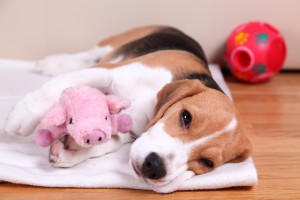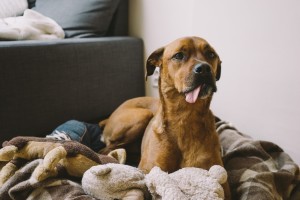How to get a sick pet to eat
2021/04/04
How to get a Sick Pet to Eat
Animals can lose their appetite for a number of reasons. It may be that there’s a serious issue, or they may just be feeling a little under the weather that day. Whatever the cause, it’s not likely to be made better by not eating, so you need to make sure that they do get some food into them to ensure they get better as soon as possible.
Be Patient
The most important thing is to be patient. Yes, they might be a little slower to eat that morning, which is weird. But if they’re feeling a bit off it, they might just come around on their own. Keep a close eye on them and give them some space, they might go to eat a little later on and the last thing you want to do is start force feeding immediately, which might make them feel worse.
- Dogs
If you have a dog, you might have a strict feeding schedule. This normally means that you put the food down at a certain time and give them chance to eat it – removing the empty bowl a while later.
If you notice that your dog isn’t eating, give them a little more time and don’t remove the food bowl at the normal time.
Dog food, especially if you’re using wet food, can dry out pretty quickly and be off putting for your dog. If the bowl is there for longer than normal, you might want to refresh the food after an hour or so to make it more tempting.
- Cats
Cats are independent and don’t take kindly to you telling them when they can and cannot eat. This means that cat food is normally left around for the majority of the day if they decide they’d prefer a lay in.
For this reason, cats not running to their food bowl in a morning isn’t quite as worrying. They might have decided that they just aren’t feeling it this morning. Watch them throughout the course of the day. If they haven’t eaten anything at the end of the day, then you know something is wrong.
- Small Animals
If you have small animals like rabbits, guinea pigs or hamsters, it’s sometimes difficult to notice when they aren’t eating. Hamster especially, will store their food away, so who knows how much they actually eat?
To understand if your small animal isn’t eating, you’ll also need to look out for other signs, such as excessive drinking, sitting in odd places or generally being lethargic.
If this behaviour goes on for more than a couple of hours, you might need to go to the vet. Small animals are much more delicate than cats and dogs, so you need to react much faster if it’s a larger issue.
Try Different Foods
It’s sometimes possible that your pet is just having an off day and doesn’t fancy the food you put out for them. Just like us, their taste buds can react to food differently if they’re feeling a little under the weather.
You might want to try them with a different type of food to see if anything else takes their fancy.
Dogs and cats might have a preference between dried and wet foods or might have a favourite gravy or flavouring.
If you have a rodent or reptile, they might love a certain type of herb or vegetable. Try to offer them foods that you know they love and give them a few different options. One might smell better than the others and tempt them.
Usually, with a lack of appetite, it’s getting them to eat something that’s the biggest battle. Once they have something in their stomach, normally they’ll start to eat again on their own.

Syringe Feeding
So, you’ve given them some space, you’ve offered them every different type of food that you have in your cupboard and they still aren’t eating anything. What next?
Syringe feeding should be your last resort and if you do need to take this option, it’s probably best to get them booked into the vet for a check up anyway.
Syringe feeding can be difficult and stressful for both you and your pet, depending on what type of pet you have. However, the principle is the same.
- Purchase syringes – These can be purchased from any pet shop and come in a range of sizes depending on your pet.
- Food consistency – You’ll need to ensure your food is liquid enough that you can suck it up through the syringe. For dog or cat food, adding some lukewarm water and mixing to a paste is fairly simple. For smaller animals, it’s not quite that easy, but you can purchase sachets of food powder from your pet shop to mix with warm water. To make it extra tasty, you could blend up some vegetables with water too.
- Positioning – Sitting behind your pet is the easiest way. It avoids the stress of them having to stare at you and gives them less opportunity to run away. If you have a small dog, cat or rodent, try wrapping them in a towel, placing them in between your knees. This gives them no space to back out.
- Open wide – Next, lean over the top of them and gently place your forefinger and thumb either side of their mouth and open it just enough to get the syringe inside.
- One bit at a time – Don’t force the whole syringe full in at once, you don’t want your pet to choke. Gently squeeze a small amount at a time and remove the syringe to allow them to swallow.
If you’re lucky your pet might catch on and start to eat from the syringe without you having to force them. Problem solved.
Most Importantly:
The most important thing is ensuring that your pet gets better, so if none of the above methods work and you notice your pet still isn’t eating after a couple of days, make sure you book in with your vet. If it’s an issue that can’t be sorted yourself at home, it’s always best to find out as soon as possible so you can deal with it properly.

